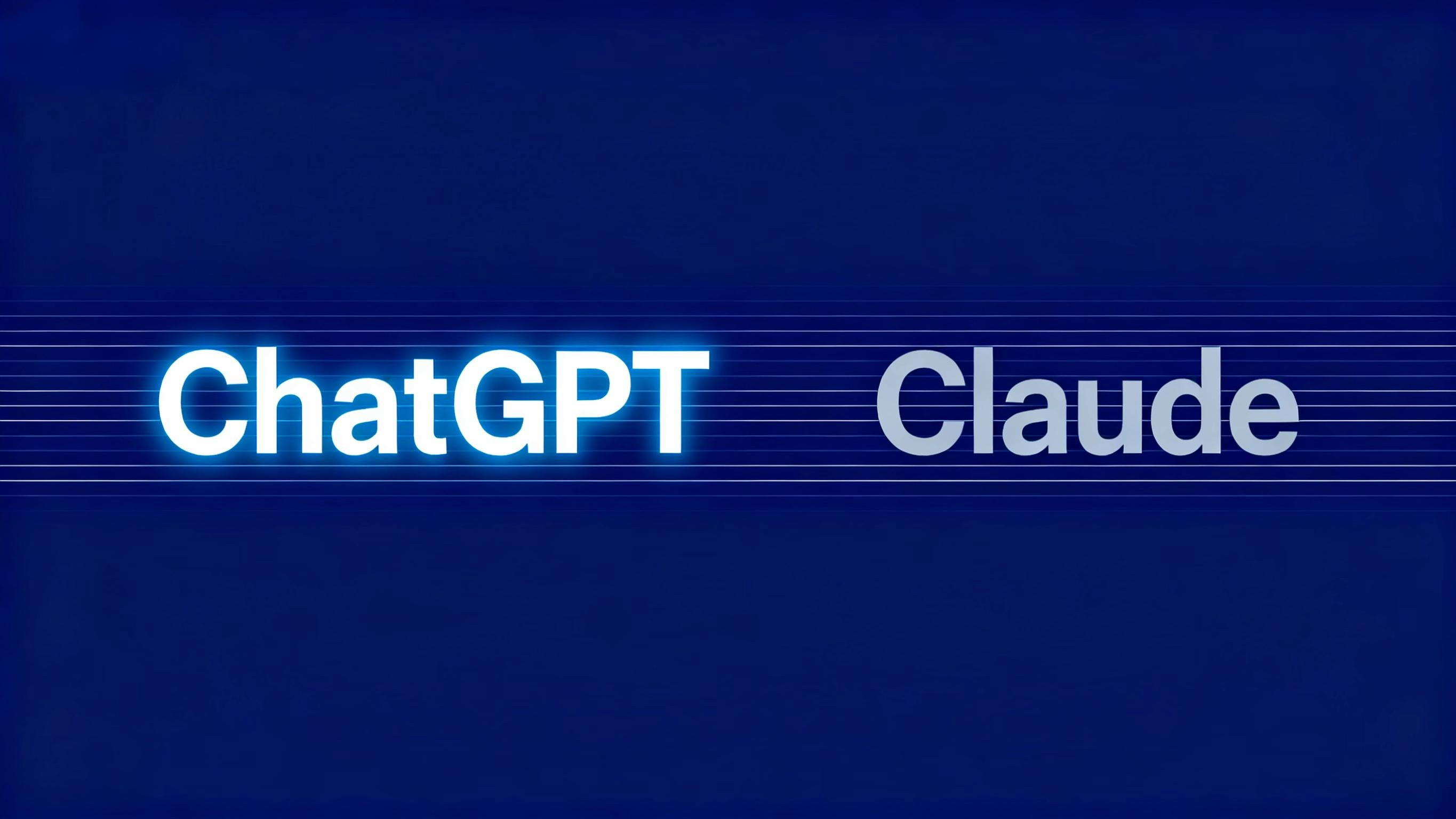
In recent years, the development of the AI industry has entered a phase of accelerated differentiation. ChatGPT and Claude have gradually embarked on two entirely distinct paths. The latest user reports from OpenAI and Anthropic reveal the underlying logic behind this trend and reflect the potential direction of future technology and business models.
According to the data, ChatGPT has established itself as a "general-purpose assistant." As of July 2025, its weekly active users have exceeded 700 million. The user base has expanded from early adopters primarily consisting of technical professionals to white-collar workers across various industries, with the proportion of female users rising to 52%. In terms of usage scenarios, ChatGPT primarily serves daily life and office needs, focusing on information queries, document writing, and practical guidance, which account for nearly 80% of its use. In contrast, technical demands such as programming have decreased to 5%, indicating that its development direction is gradually moving away from specialized fields and toward high-frequency applications for the general public. Its advantage lies in its massive user base and the resulting network effects.
Claude's strategic path, however, is entirely different. Its user distribution is more concentrated among knowledge workers in developed economies, with core scenarios centered on software engineering and professional automation. Reports show that programming-related tasks consistently account for 36%–40% of its usage, while automated command-based tasks have significantly increased over eight months, rising from 27% to 39%. Among enterprise-level paying users, a staggering 77% of conversations operate in automated mode, demonstrating Claude's advantage in deeply integrating into enterprise workflows and improving execution efficiency. Its competitive barrier lies in specialization and efficient execution, rather than mass adoption.
This divergence offers three key insights for the industry. First, the differentiation in programming scenarios signals the rise of industry-customized AI tools, with future developments likely to include "AI-native toolchains" deeply integrated into specific industry workflows. Second, the high automation rate indicates that AI in enterprises is rapidly shifting from "assistance" to "replacement," particularly in standardized processes such as financial reporting, contract review, and data analysis, where value will be unlocked first. Finally, the differences in collaboration and automation models reveal the evolution of AI business models: early stages focus on replacement, while maturity leads to a phase of human-machine collaboration creating new value.
In summary, ChatGPT is evolving into a general-purpose tool for the masses, while Claude is deepening its focus on enterprise and professional scenarios. Their divergence not only shapes different product strategies but also offers new perspectives for investors and entrepreneurs: Should they create an "AI assistant" for everyone or develop "productivity tools" embedded in specific industries? The answer may determine the landscape of the AI ecosystem in the coming years.
















